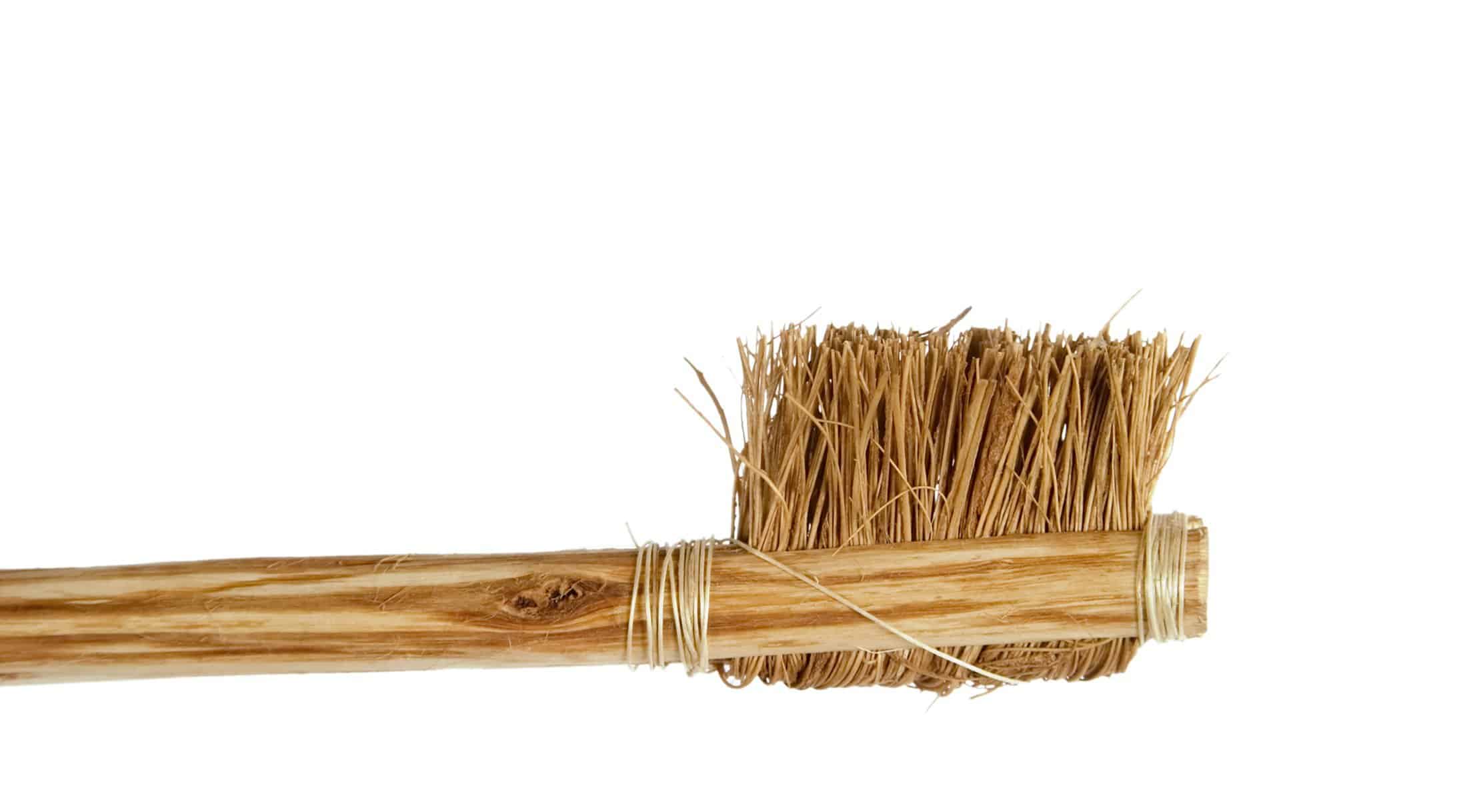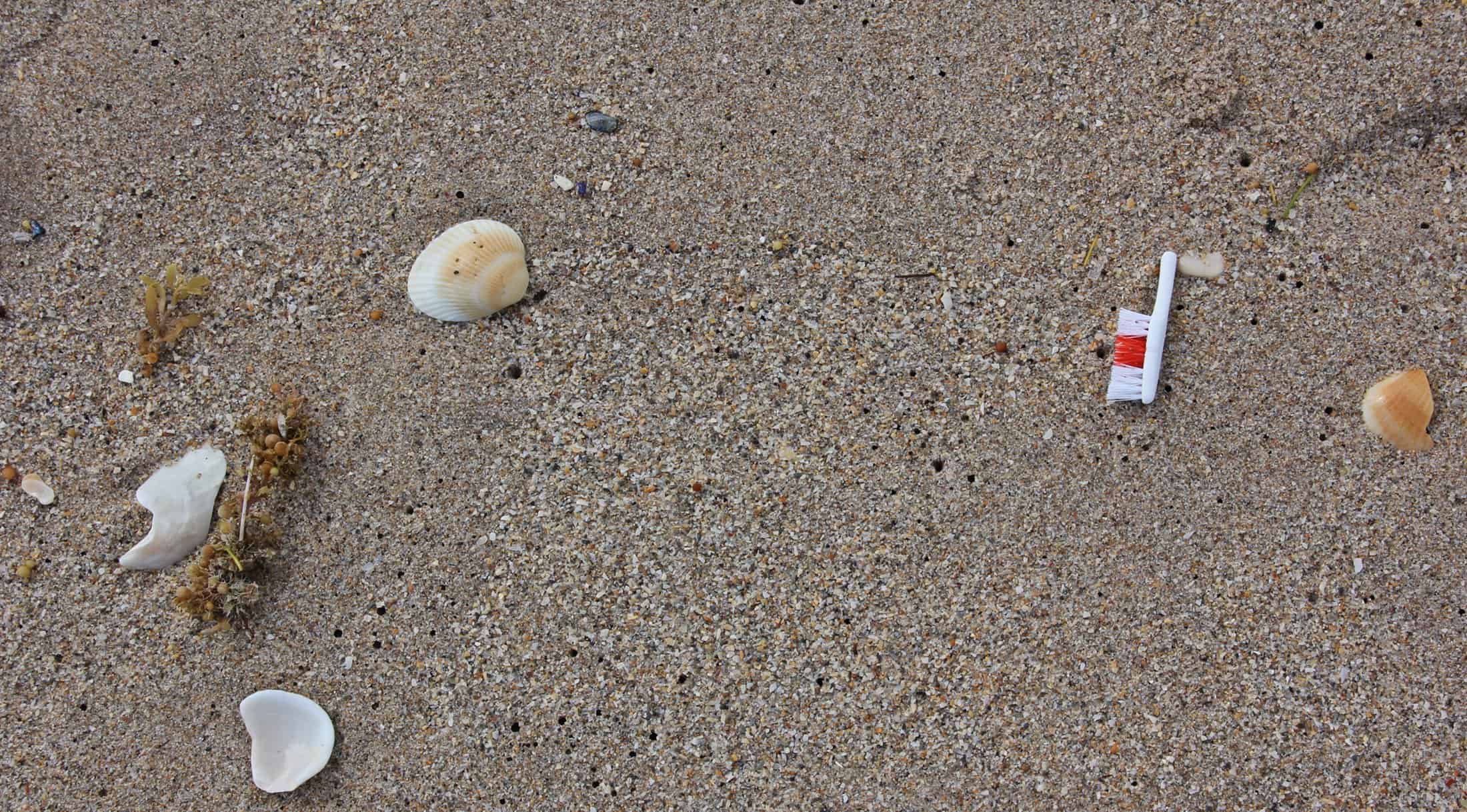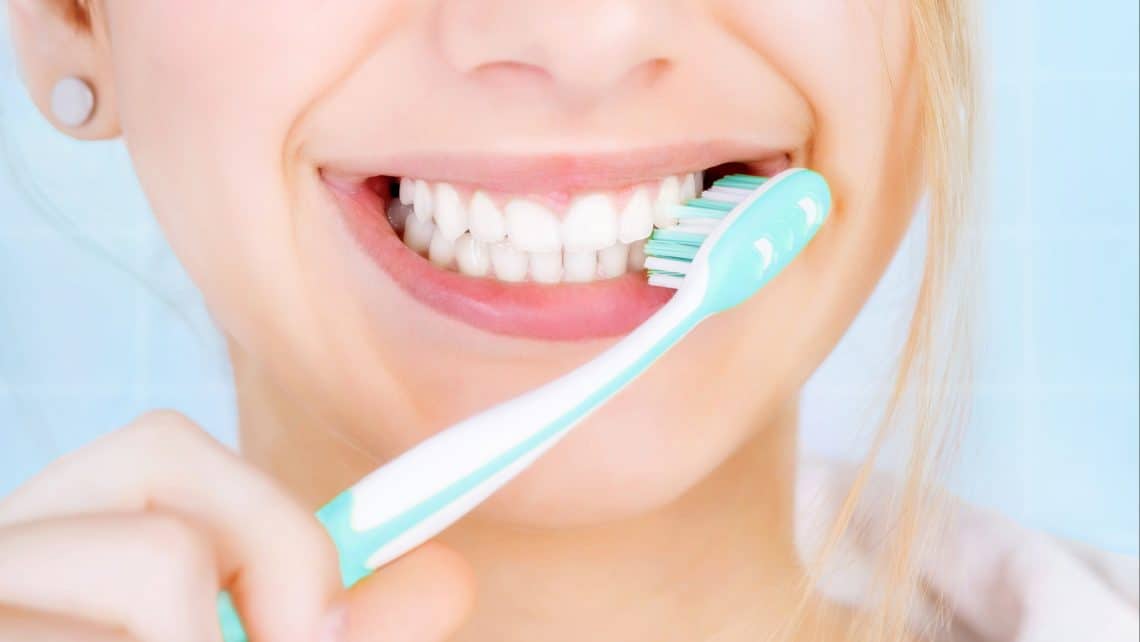The humble toothbrush is the most used dental hygiene tool and a staple item in most modern home bathrooms. We use them every day, but have you ever thought about how they were invented? How they are made? And how should they be stored?
Keep reading on the 10 interesting facts about the humble toothbrush.
The Original ‘Toothbrush’ Was a Stick
The history of brushing dates to around 4,000 BC, when the Hindus of India first used twigs frayed into fibres to brush their teeth. Around 3,500 BC, the Babylonians and the Egyptians used tooth-sticks to brush their teeth, fraying the end of the sticks. Some chew sticks were made from fragrant wood, used to freshen the breath. Early evidence of chew sticks has been traced back to Babylon, Egypt, and China.
Toothbrush Bristles Were Invented in China
The first toothbrush with bristles appeared around the 15th century in China. Bamboo sticks were equipped with pig/boar hair which had a scouring effect and instantly became more popular than the traditional chew sticks. By the 17th century, boar bristle toothbrushes were introduced to Europe. However, since the boar bristles were a little harsh, they were replaced with horsehair while wealthy people had custom badger hair toothbrushes made for themselves. Bristled brush sticks were then made from bone, ivory, or other wood.

The First Mass Produced Toothbrush Prototype was Made in Prison
William Addis, an Englishman jailed for inciting a riot in 1770 would become the first mass producer of toothbrushes. Addis witnessed other prisoners using rags covered in soot or salt to clean their teeth, and instantly thought there must be a better solution. Addis secretly saved an animal bone after a meal and using bristles obtained from a guard tied them into small bundles stuffed them into holes drilled into the bone. Thus, the first bristled toothbrush was born. After his release, Addis refined his prototype and became the first manufacturer and seller of commercial toothbrushes. Addis’ toothbrushes became incredibly popular, and sales reached above 1.8 million annually by 1927.
The First 3-Row Bristle Toothbrush was Invented Around 1844
Prior to 1840, toothbrushes used to be made with single rows of bristles. Seeing the advantage of being able to cover more surface area, toothbrush manufacturers began making alterations to the typical toothbrush design around 1844. 3 rows of bristles would eventually become the norm for most commercial toothbrushes, proving to be more effective than the single row being used before.
Nylon Toothbrushes Appeared in 1938
Long after the first appearance of bristled toothbrushes, nylon bristles hit the scene. Nylon was more hygienic, more comfortable, and more effective than traditional boar bristles. However, brushing teeth did not become commonplace in USA until after World War II. This was because soldiers in the war were required to brush their teeth each day. They brought this habit home with them and popularised the idea of brushing teeth. With the concept of toothbrushing becoming the norm, sales of nylon toothbrushes skyrocketed in the 1940s.

The First Electric Toothbrush Was Not Electric
The first ‘electric’ toothbrush was invented and sold in 1880 by an English doctor, Scott. Dr. Scott’s Electric Toothbrush was not electric and used no electricity. It had a magnetised iron-rod handle but similar to the regular manual toothbrushes and was not popular. However, in 1954, a Swiss doctor by the name of Dr. Phillippe G. Woog invented an electric toothbrush known as the Broxodent which connected directly to an outlet and ran on live voltage. Although his model was relatively successful, it was not until 1961 that General Electric released a cordless and rechargeable electric toothbrush into the market. This more convenient version of the electric toothbrush caught on quickly, and new and improved models would begin to storm the market quickly after.
Covering Your Toothbrush Can Increase Bacteria
Everyone knows that brushing twice a day is the most effective way to maintain oral health. However, not everyone agrees on how a toothbrush should be stored. Contrary to what many people believe, the best way to store your toothbrush is in the open air. This is because your toothbrush bristles will be coated in bacteria and plaque after brushing, which needs to be washed off. No matter how well you rinse your toothbrush, some bacteria will remain.
Covering a toothbrush after cleaning can create a moist environment around your brush bristles, causing bacteria to grow more quickly than an uncovered toothbrush. Open-air allows for more rapid drying and less bacterial growth and can help keep your toothbrush clean and usable for longer. Store your toothbrush away from other toothbrushes and from the toilet area which can contaminate through air particles particularly when flushing.
Over 3.5 Billion Toothbrushes Are Thrown Away Each Year
Toothbrushes remain a popular dental tool with billions manufactured, sold, and used around the world each year. It is estimated that over 3.5 billion toothbrushes are used and thrown away each year. Toothbrushes typically have a lifespan of around 3 months, and dentists recommend replacing them often to get the best possible clean and to avoid bacterial redistribution.
Though toothbrushing is important for your health, toothbrushes are not environmentally friendly. Plastic toothbrushes are non-recyclable items, even though they are made from recyclable materials. Plastic may be recyclable, but nylon is not, making toothbrushes non-recyclable. Since plastic toothbrushes cannot be reused, all plastic toothbrushes find their way to landfills where they can sit for thousands of years before beginning the process of breaking down.

Environmentally Friendly Alternatives to Plastic Toothbrushes Are Better for the Planet and Your Health
Plastics are not only harmful to the planet but can cause harm to your health. Plastics like those used in toothbrush manufacturing may contain harmful and toxic chemicals like BPA. BPA is an estrogen, making it potentially harmful to human health. BPA can act as a hormone disruptor and has been linked to certain cancers, infertility, metabolic conditions, and other life-altering conditions.
Plastics containing BPA often release low levels of the toxin, but with continued use, these levels can easily rise. Exposure to heat and regular scratching, friction, or surface disruption can also increase the rate of BPA release in some plastic products. BPA is particularly harmful to the immunocompromised, the elderly, and small children.
Toothbrush Trends are Returning to Bamboo
Though toothbrushes spent centuries evolving from natural to artificial materials, recent toothbrush trends are returning the humble toothbrush to its roots. Natural and environmentally friendly alternatives to plastics have become increasingly popular as people become more educated on the topic of health, plastic, and the environment. With nature conservation efforts on the rise, public demand for eco-friendly materials and alternatives are similarly becoming more popular.
Call our friendly team on 3390 6100 or email us to book a consultation on General Dentistry or Cosmetic Dentistry. Or click here to book your appointment.












Leave a Comment